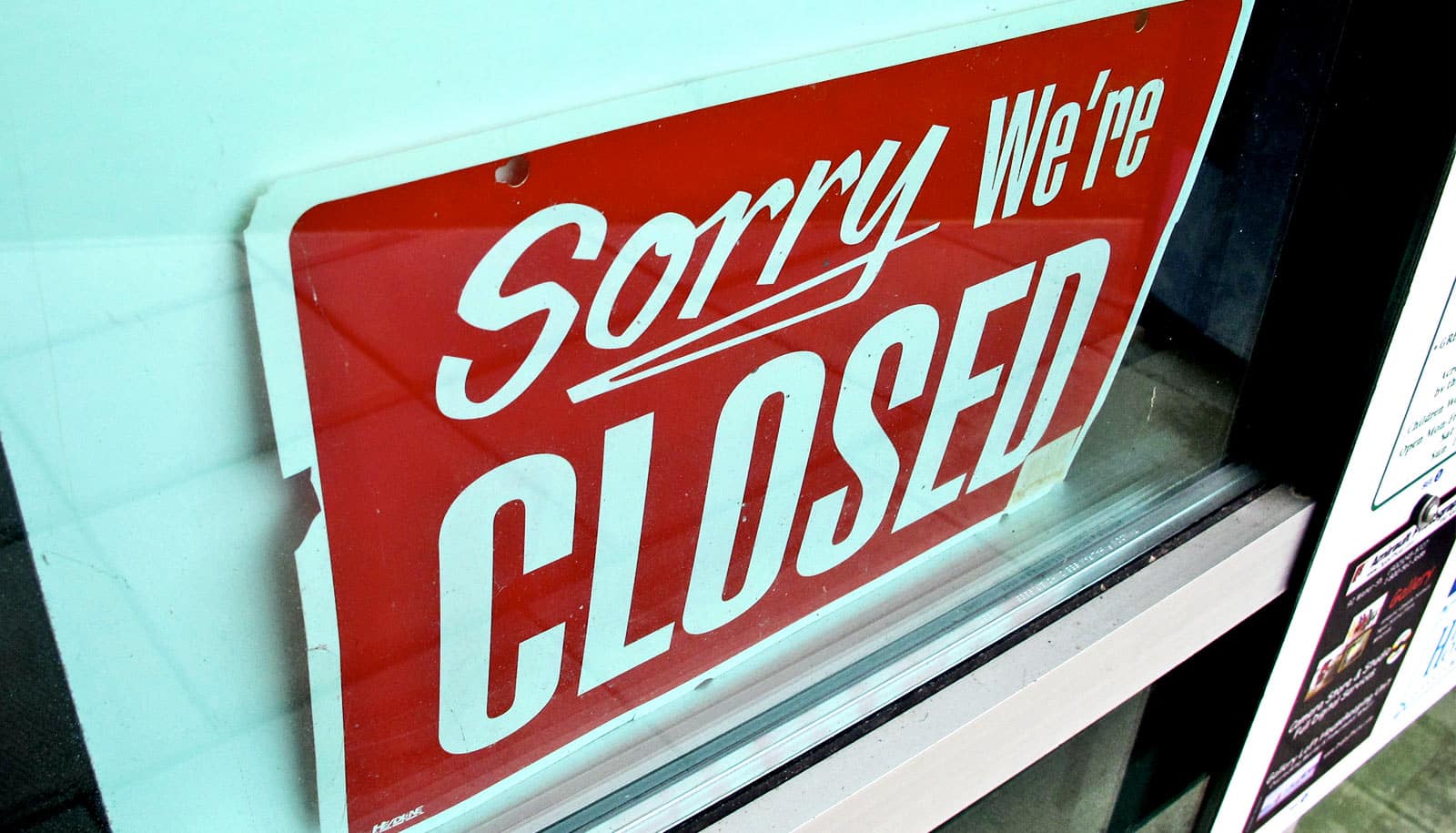New research finds that federal agencies get more bang for their buck when they channel grant dollars into smaller startups.
Recent efforts to support businesses reeling from revenues lost during the pandemic, such as grants and loan programs, have been criticized for favoring larger companies.
The researchers say their work could provide valuable insights as federal and state governments look for ways to revive the US economy after the pandemic, like the recent Paycheck Protection Program loans.
The study tracked results from about 130 ventures at eight business incubators in the southeastern United States over a four-year period. Small companies receiving their first grant experienced strong revenue growth—an average of 1,000% over two years.
By comparison, mid-sized and larger firms in the business incubators reported flat or declining growth trajectories after receiving a grant.
The findings appear in the Strategic Entrepreneurship Journal.
“From a public policy perspective, awarding grants to smaller ventures appears to generate better returns for economic development,” says Alex Kier, assistant professor of entrepreneurship in Washington State University’s Carson College of Business.
“We’ve heard the stories on the news about large, multimillion-dollar organizations that got pretty substantial Paycheck Protection Program loans. Our research indicates that money may have been better spent by spreading out the PPP loans to smaller firms.”
Each year, the federal government awards billions of dollars in grants to private companies through entities such as the National Institutes of Health, the National Science Foundation, and the Department of Defense. Often, the goal is to stimulate the economy by spurring businesses to create jobs through the development of new products and services.
When small firms obtain a modest grant, it can increase the company’s long-term viability, says Regan Stevenson, assistant professor of management and entrepreneurship and a faculty fellow in entrepreneurship at Indiana University’s Kelley School of Business. Spreading out available funds in smaller amounts to more early-stage companies may be more effective than providing large grants to more established firms.
“Our data indicates that even micro-grants can produce an inflection point for smaller businesses, rapidly propelling their revenue growth trajectories,” Stevenson says. “In addition, we found that when small firms receive their first grant, this also signals to investors that the venture may represent a ‘good bet.’ As a result, smaller firms immediately become more attractive to investors and secure more external funding.”
For larger firms in their incubator sample, the researchers found that “stretching firms” that use resources at hand performed better in the long term than “chasing firms” that seek to acquire and expand resources.
“Stretching firms adopt an innovative and entrepreneurial approach to ensure survival, while chasing firms may seek to develop grant-writing competency, deterring them from focusing on their core business,” says Stevenson, the paper’s lead author.
By concentrating grants in a few companies, the federal government might inadvertently squeeze out many worthy competitors, Kier says.
“There’s no guarantee the government will pick a winner,” he says. “If you think of venture capitalists or angel investors, they are in the business of investing, and even they sometimes choose unproductive firms. Can you imagine how hard this process is for government agencies?”
The third author of the paper is Shannon Taylor, associate professor of management at the University of Central Florida College of Business.
Source: Indiana University



